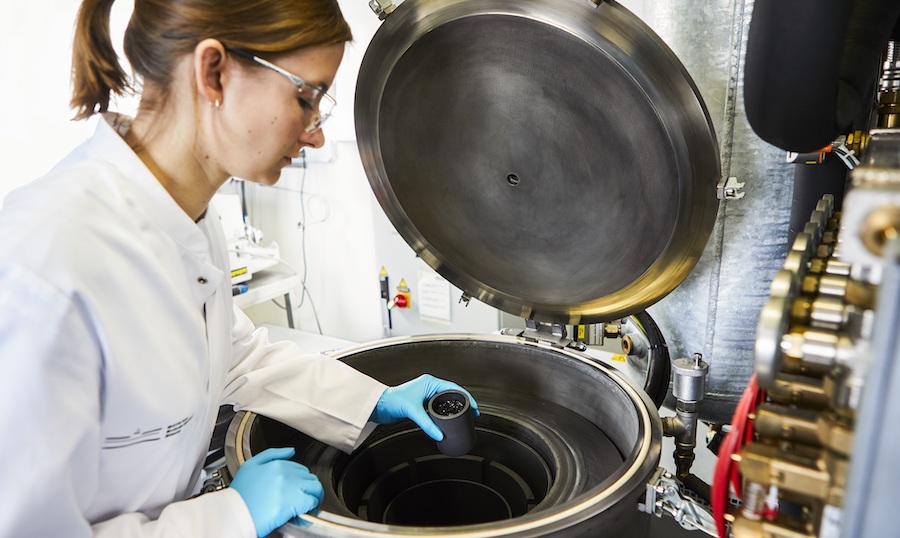Synthetic graphite from industrial waste may be key for next-gen battery systems

“Natural and synthetic graphite has to be imported primarily from non-EU countries. This is accompanied by environmental pollution during mining of natural graphite and very high energy consumption during production of synthetic graphite,” Tobias Placke, the initiative’s manager, said in a media statement. “With the project ‘CarbForBatt,’ we are pursuing the goal of developing and establishing a sustainable, intra-European supply chain for synthetic graphite.”
Placke explained that the first step for the team he is leading will be to identify precursor materials for synthetic graphite, which consist mostly of industrial waste and by-products. These carbon precursors will then be graphitized in an inductively heated furnace at temperatures between 2,700 and 3,000 degrees.
According to the researcher, to ensure that the materials have exactly the particle morphology and surface properties required for high-performance batteries, they will be adjusted by various processes such as particle sifting, rounding processes and surface modifications using a Taylor flow reactor.
Optimized mixing processes for graphite with silicon – which increases the energy density of lithium-ion batteries – enable the production of graphite-silicon composites as high-energy anode materials in addition to synthesized graphite.
In the view of Martin Winter, scientific director of the university’s MEET Battery Research Center, these approaches constitute the foundation of producing tailor-made graphite that can be used both in lithium-ion batteries currently dominating the market and in next-generation battery systems.
“Starting with the material, we are thus improving the electrochemical performance of lithium-ion batteries while at the same time focusing on sustainable materials and processes,” Winter said.




